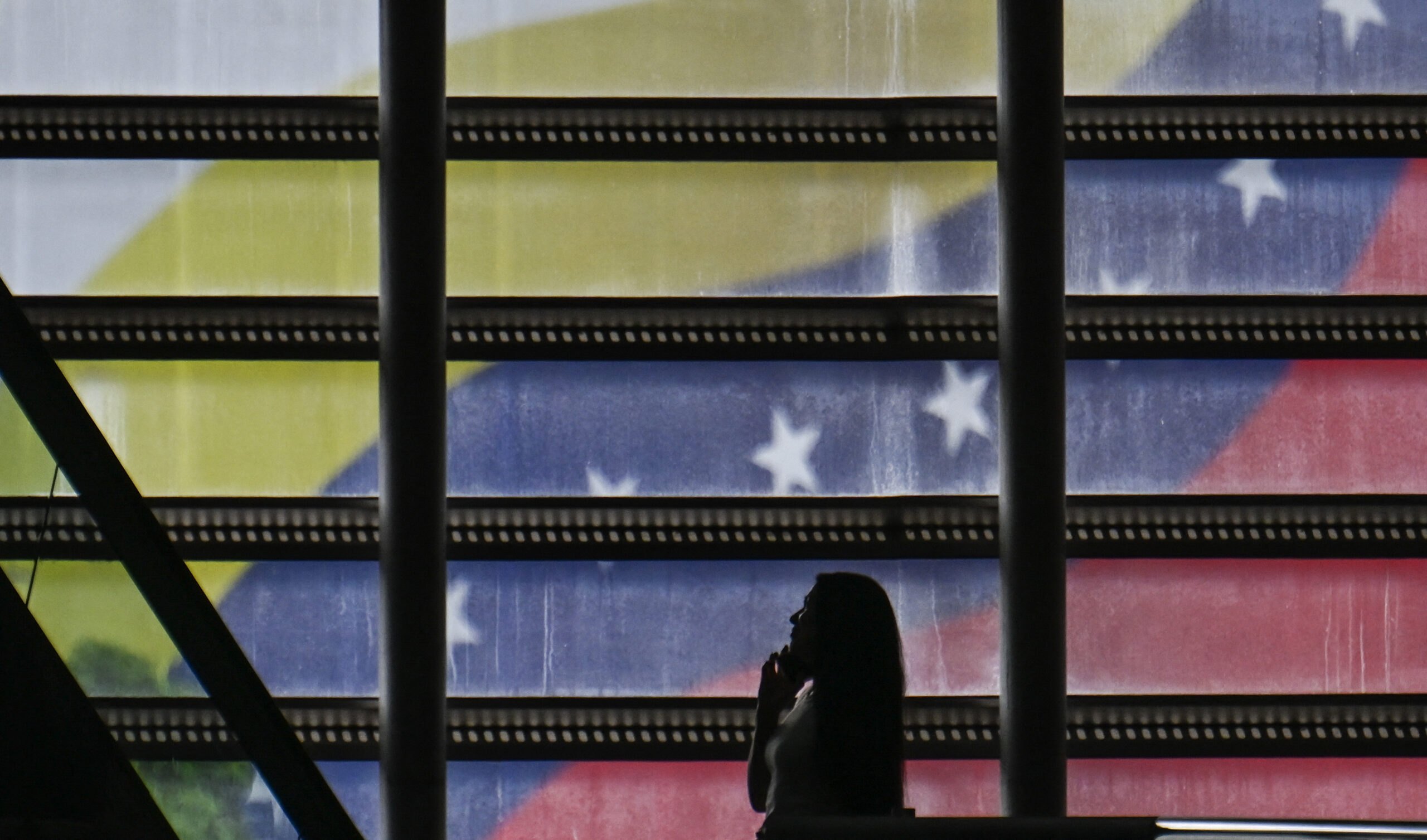Youth Protests Seek to Stir up Mexican Presidential Race
Youth Protests Seek to Stir up Mexican Presidential Race
A student movement called #YoSoy132 launched a series of protests against media coverage of the campaigns and the leading candidate. But can it affect the election outcome?
Throughout the Mexican electoral race, not much has succeeded in moving the needle when it comes to the frontrunner’s commanding poll lead. Institutional Revolutionary Party (PRI) candidate Enrique Peña Nieto’s lead continues to hover in the double digits, as it did at the official start of the campaign in March. But a student movement, dubbed #YoSoy132, emerged in recent weeks to shake up the election, protesting what appears to be an inevitable return to a presidency by the PRI—the party that held control of the presidency for seven decades before the National Action Party (PAN) victory in 2000. In particular, the protesters contend that Mexico’s top media outlets favor Peña Nieto. Opinions diverge on the movement, with some viewing it as an optimistic sign that young voters are shaking off political apathy. But others argue the movement’s support base hails from the left-leaning Democratic Revolutionary Party (PRD), whose candidate Andrés Manuel López Obrador (commonly known as AMLO) refused to concede loss during the last presidential election. Across the spectrum, many question whether it can have an impact on the outcome of the July 1 presidential vote, given that voter support for Peña currently stands at 46 percent—more than 20 points higher than either AMLO or PAN candidate Josefina Vázquez Mota.
The movement got its start on May 11, when protesters heckled Peña Nieto during his visit to the private, Jesuit-run Ibero-American University in Mexico City. PRI officials and some Mexican media outlets suggested the demonstrators were political plants, leading 131 of them to appear in a video, identifying themselves by showing their Ibero student IDs. The movement became known as #YoSoy132, or “I am 132” and, using Twitter and Facebook to organize, draws comparisons to Occupy Wall Street and the Arab Spring.
Last weekend, students initiated a series of protests against Peña Nieto’s candidacy that called for unbiased media coverage from the country’s two largest media outlets, Televisa and TV Azteca. Protesters accuse both outlets of favoring Peña Nieto, who is married to a Televisa soap opera star. Through boycotts such as “Apaga la tele,” or “Turn off the television,” the students are demanding balanced coverage by requesting that major outlets hire ombudsmen and air the next presidential debate on June 10 (TV Azteca opted not to air the last one, held May 6). Most of the protest activities have taken place in the capital, although a handful of cities—including Guanajuato, Monterrey, and Tijuana—held simultaneous demonstrations on Wednesday.
The three main candidates have been mixed in their response to the movement. On May 20, Mexican daily Milenio suggested Vázquez Mota organized that weekend’s student march, which she denied in a letter on her campaign site. “I celebrate the marches and agree with their demands for equal and unbiased information,” she wrote. “[B]ut these young people don’t need anyone to tell them what to do.” On Monday, AMLO addressed a group of students in Tlatelolco—infamous site of the 1968 student massacre—praising them for their involvement, and asking them to “continue the fight.” Some observers, including Mexican political scientist Jorge Castañeda, said the Ibero protesters who launched the movement are AMLO supporters, although the candidate denied the connection. For his part, Peña Nieto responded to the demonstrations via Twitter that he “respects” the movement, adding “in democracy there are not unanimities, there’s plurality.” During a campaign stop in the city of Queretero on Friday, he repeated that the students had the right to protest, but he warned against polarization.
Observers debate what real influence the movement will have on the campaign. Monterrey Technical Institute’s José Carreño Figueras says #YoSoy132 runs the risk of having multiple leaders with differing agendas and predicts that it may have limited impact in the short-term, with certain benefits for AMLO’s campaign. But, he suggests, the group’s impact could be “enormous” over the long-term. Others logging opinions in an Animal Político online debate describe the protests as a sign of a healthy democracy in the midst of a campaign cycle marked by apathy due to the perception that a PRI victory is a foregone conclusion. A Milenio article reports that the movement will force the candidates to address issues important to students, such as unemployment, education, and violence. Proceso, a Mexican news magazine, says the greatest victory of the movement so far was getting Televisa to report on it, giving the movement national coverage.
But can #YoSoy132 change the outcome? Many polls continue to place Peña Nieto nearly 20 points above Vázquez Mota and AMLO. On the other hand, as an AS/COA Online News Analysis reports, the unreliable nature of Mexican polling firms coupled with a large number of undecided voters means the race for Los Pinos may not be a foregone conclusion—with or without protests.
Learn more:
- Read an AS/COA Online Hemispheric Update on the Mexican presidential race, with a focus on the first debate.
- Read an AS/COA Online News Analysis which explores the validity of Mexican polling firms.
- Get presidential polling results from Milenio.
- Access an Animal Político online debate featuring a range of Mexican experts weighing in on the effects of the #YoSoy132 movement.
- Watch the #YoSoy132 video on the movement’s website.
- View an infographic covering the platforms of the main candidates from El Universal.








